The HomeTriangle Guide to Ambient Lighting
Lighting is essential in a home. Poor lighting can impact everyone, so choose your ambient lights carefully for the best effect.
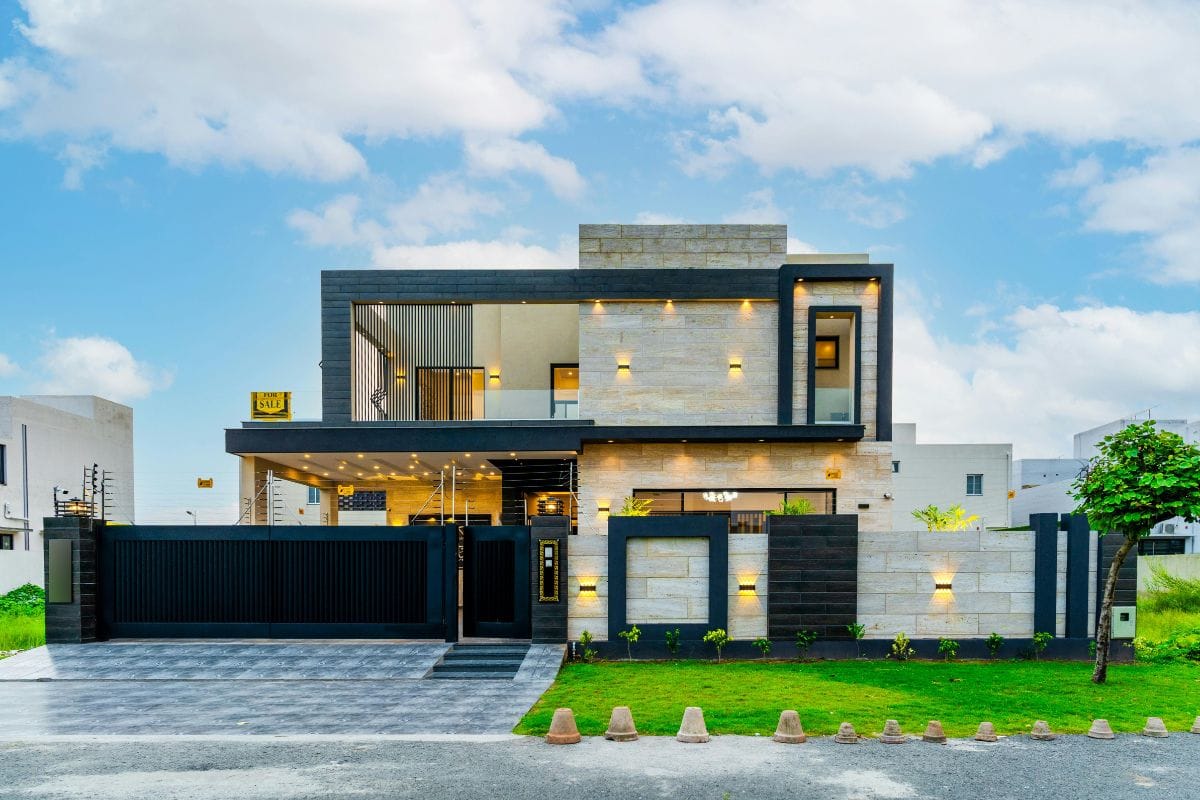
General lighting, also called ambient lighting is brought into a room to light it up completely by providing a uniform level of illumination throughout the room without depending on any other lighting sources. The purpose of installing ambient lighting is to ensure safe and easy traffic and create an overview of the room. In layman’s terms, ambient lighting helps you not to trip over things.
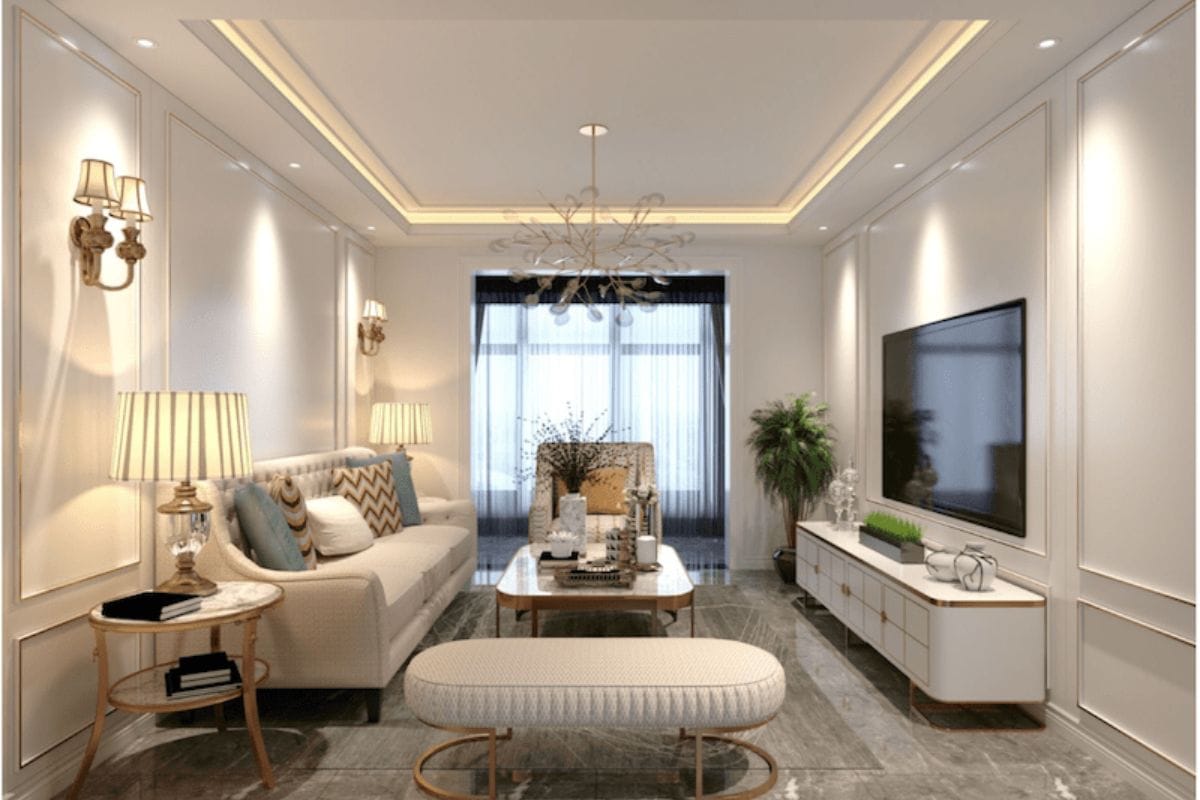
Ambient lighting is the most basic type of lighting that a well-designed room should have with the other two types, namely task and accent lighting, providing layers to the ambient lighting. Depending on the size and requirements of the room, the usage of lighting differs. HomeTriangle decided to try and explain the types of lighting.
So, here’s our guide about ambient lighting.
1. Cove Lighting

Cove lights are usually built into the ledges or recesses in the ceiling or high on the walls of a room to provide a kind of indirect lighting to the whole room. They are installed with the aim to give overall diffused lighting by either directing the light up towards the ceiling or down the adjacent walls.
With more people getting into decorative ceilings, more people are using cove lights to highlight their ceilings with either LED or fluorescent strips of light in the form of a rope or strip. Be responsible and use energy-efficient LED lights mainly because cove lighting requires a series of bulbs for uninterrupted lighting. We suggest using warm white lights to create a warm ambiance instead of bulbs that are too yellow or too fluorescent.
2. Recessed Lighting
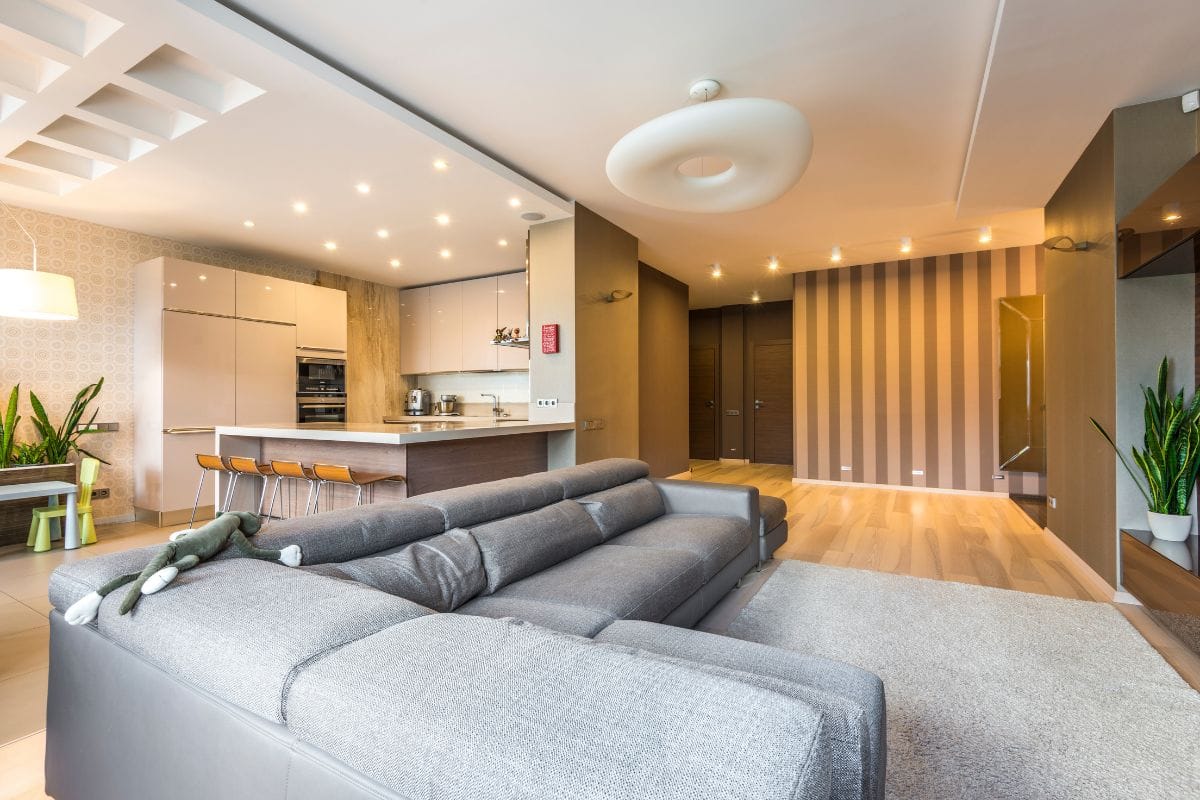
Recessed lighting, also known as downlights (for obvious reasons) is usually a fixture hidden in a hollow in the ceiling with the rim and the bulb sitting flush with its surface and is commonly used to spread light over a large surface. These work along with the horizontal lights of the pendants that light up the dining table. Swiveling recessed lights which are also known as can lights are usually used as spotlights.
There are two types of recessed lighting, directional and diffused lighting. We suggest using dimmers to create an ambiance and also control the utility bills. Keep in mind to not place these too close together unless you’re looking for an airport runway look.
3. Track Lights
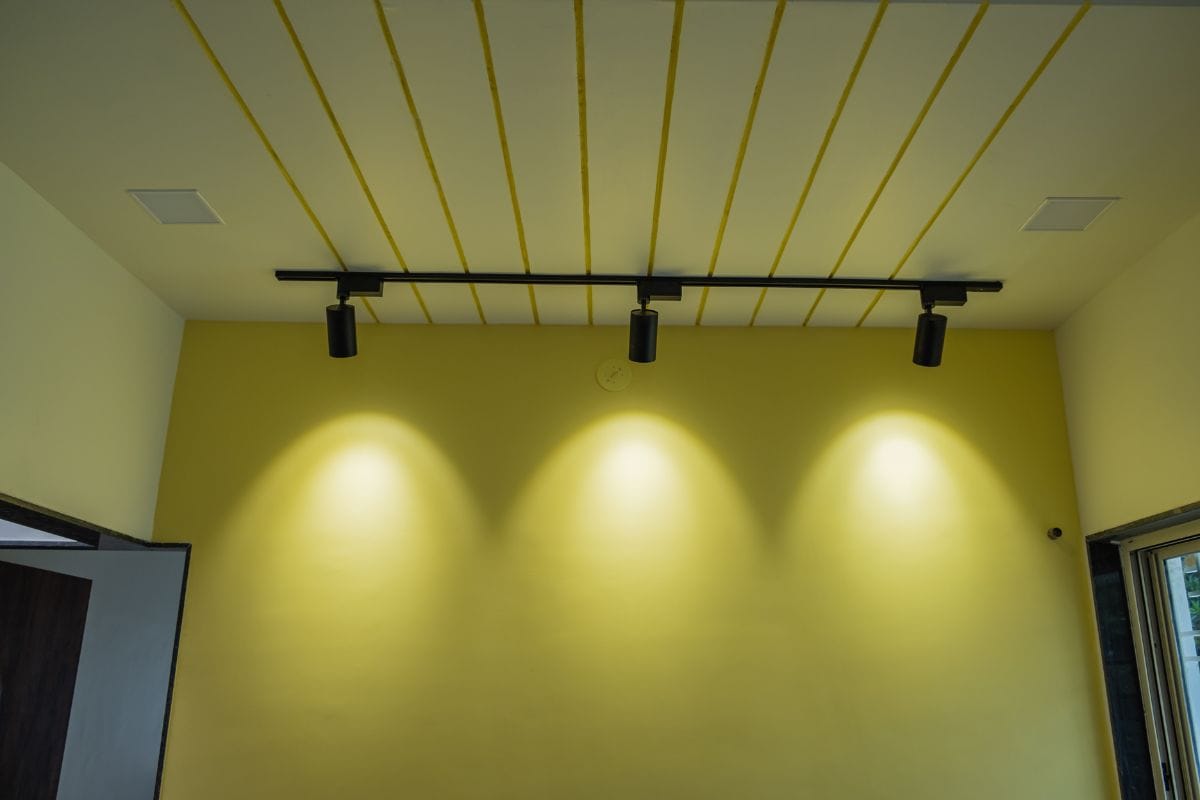
Similar to recessed lighting, tracking lights are different only by being placed externally. Since it is not necessary to cut up the ceiling, people choose track lighting. Apart from being the easier option, track lighting also allows for flexibility in size and position. Track lights can light up various parts of the room, depending on where they are directed
4. Chandeliers and Pendants
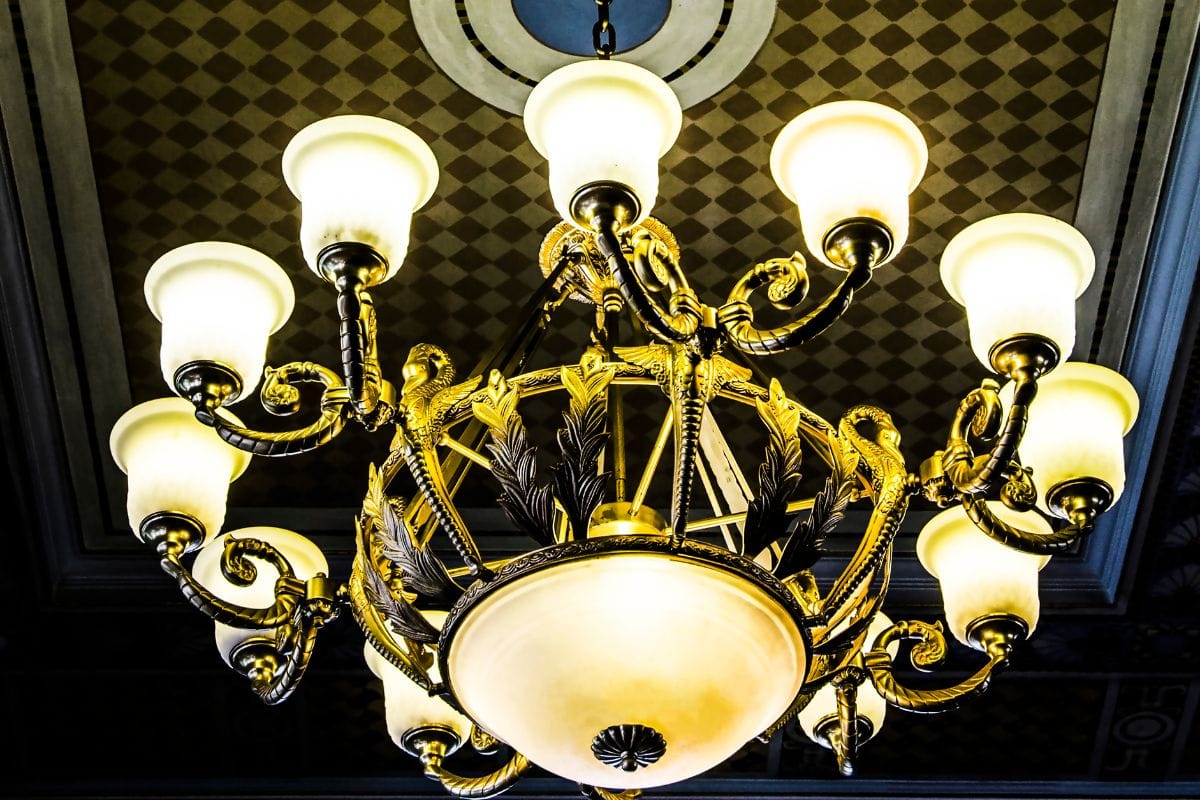
Chandeliers are one of the easiest ways to add a bold statement to the home. Being a clustered light source right at the center, chandeliers sparkle during the day when the sun hits it and allows light to bounce off them during the night. The light from the chandeliers usually shimmers and dances across the surrounding wall surfaces creating a surreal feel. Pendants are the contemporary equivalents of their starry counterparts.
5. Wall Sconces
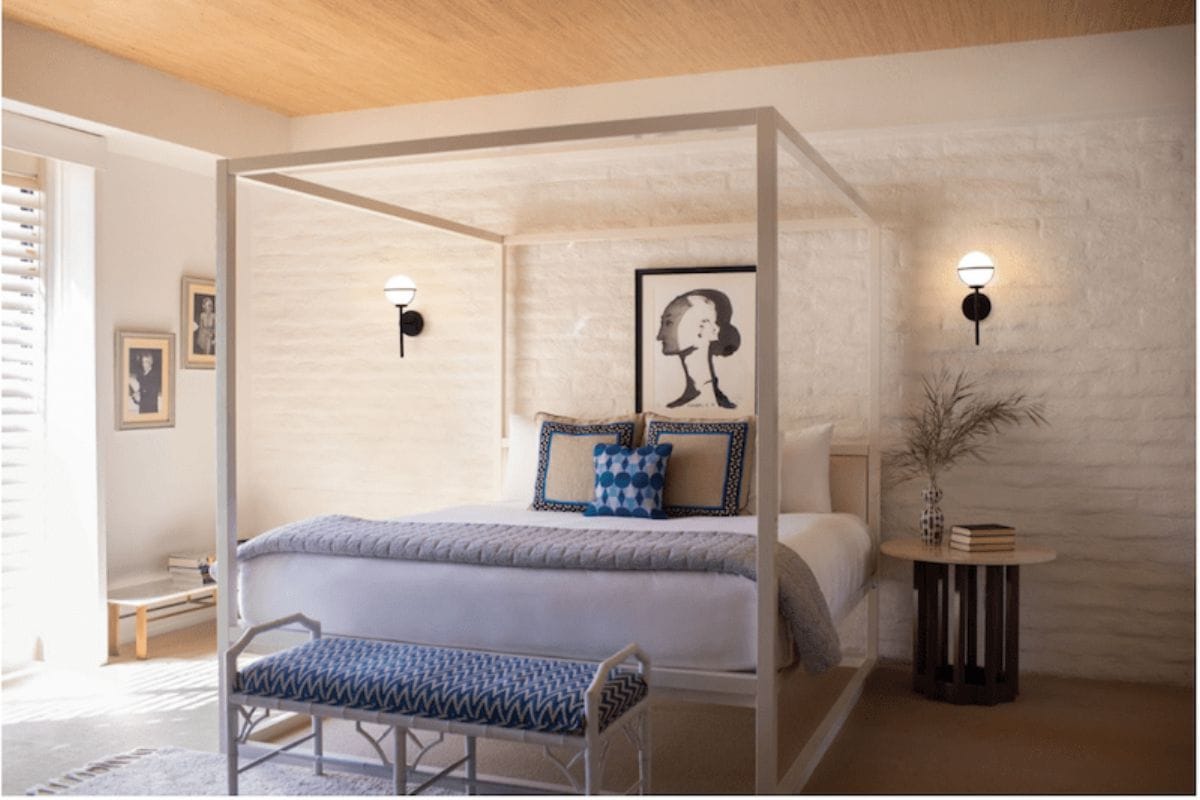
Wall sconces are popular among Indian homes as they are versatile and can be used as general, task, or accent lighting. These are also brilliant when other light fixtures end up not providing enough light for the whole room. The ideal height at which wall sconces are placed is 6.5 feet so that it is not low enough that we accidentally bump into it but not high enough to lose focus.
6. Torchieres
Uplights such as torchiers with their shade pointed upwards are commonly used to illuminate the walls and the ceiling. Torchiers are higher than floor lamps which are usually used for task lighting. Most of the torchiers have a foot dimmer that allows for easy control of the light output.

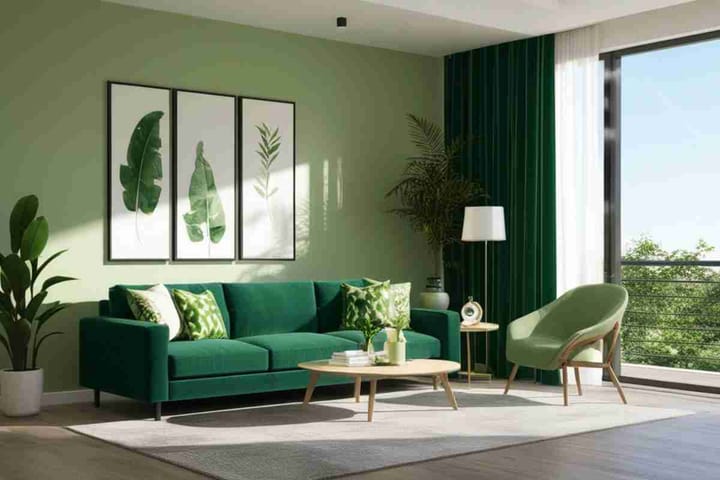
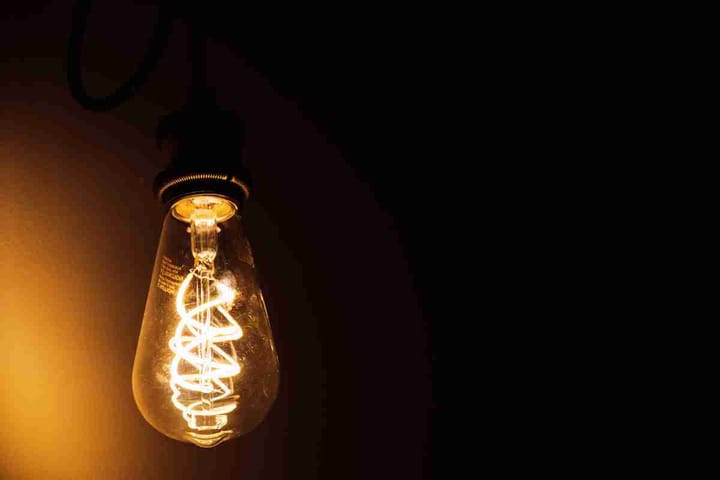
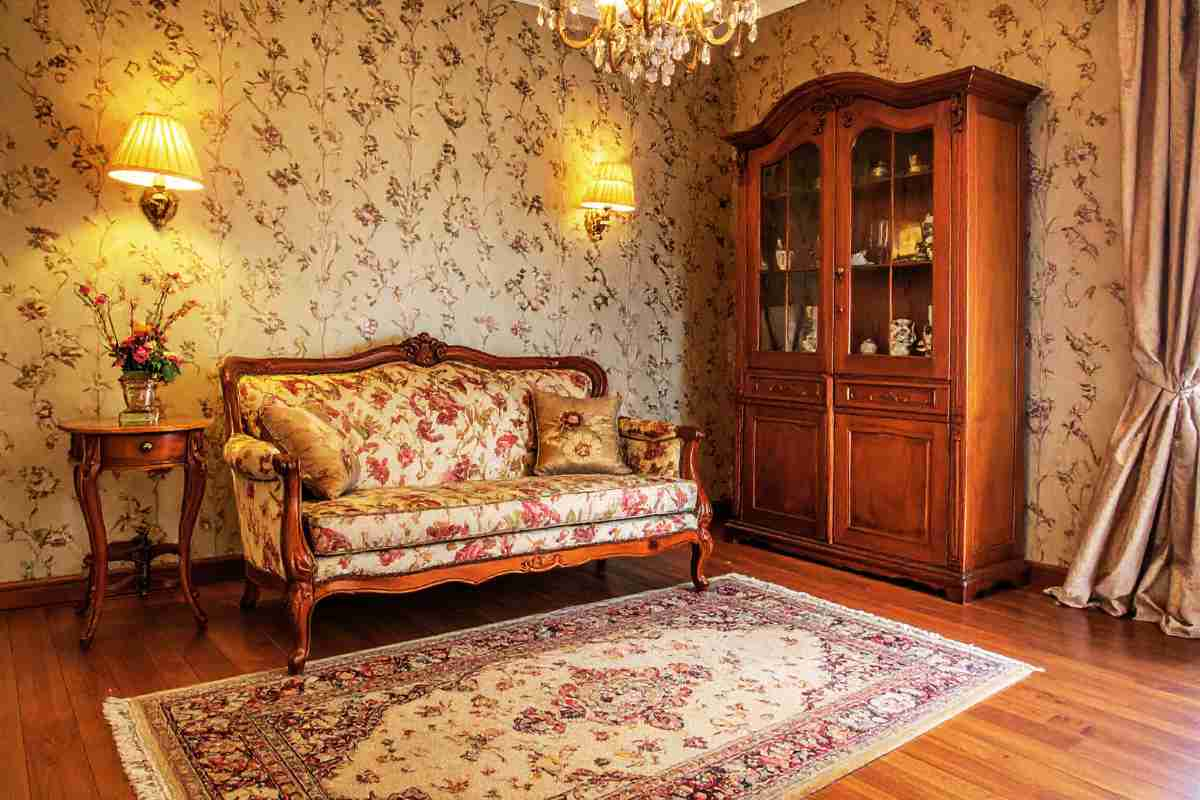
Comments ()